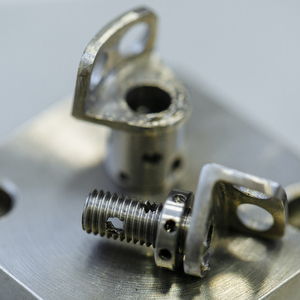The scientists from the Samara National Research University have designed and produced an experimental model of anatomically adapted cervical vertebra implant with the help of 3D printer. It fully corresponds to individual features of patients, is produced of home materials and its cost is several times lower than that of import analogues. Thousands of patients with the affected vertebral column can return to normal life thanks to this newly developed medical product.

According to statistical data of the World Health Organization, nearly 60% of the population on the Earth aged above 40 years has cervical spine degeneration confirmed by X-ray. In some cases physicians do not have another way out but to replace one of damaged cervical vertebrae by an implant. i.e., artificial joint. About 500 such surgeries are performed annually only in Russia.
The problem consists in the fact that high quality implants of home make for traumatology and orthopedics officially registered and approved to use are practically not available today in our country. Besides that, implantation systems for the cervical spine used at present in medicine are unified, i.e. they have different sizes but identical shape. The problem of maximum compatibility between the implant and human bone is solved now by the use of powder metallurgy methods. But the application of such products as endoprosthetic devices may be associated with complications because of significant difference in mechanical characteristics and risk of crumbling of implant particles in the process of its functional use. This imposes serious restrictions on the use of implantation in complex cases.
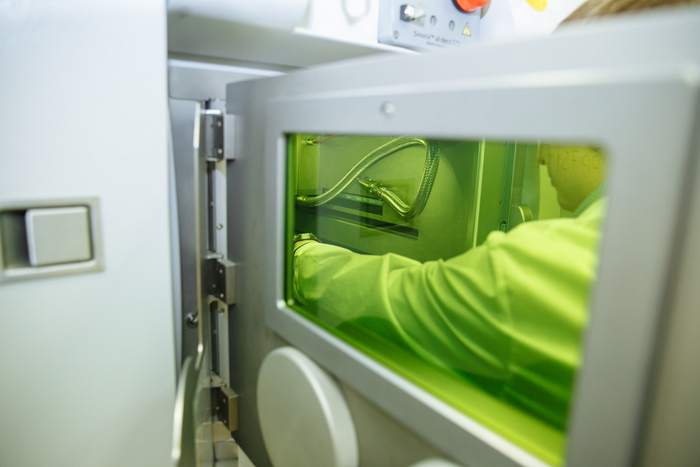
«The use of individualized complex geometry implants designed and produced with the help of modern additive technologies will help solve the problem”, says with conviction Vitaly Smelov, the head of the Laboratory of Additive Technologies of the Samara University.
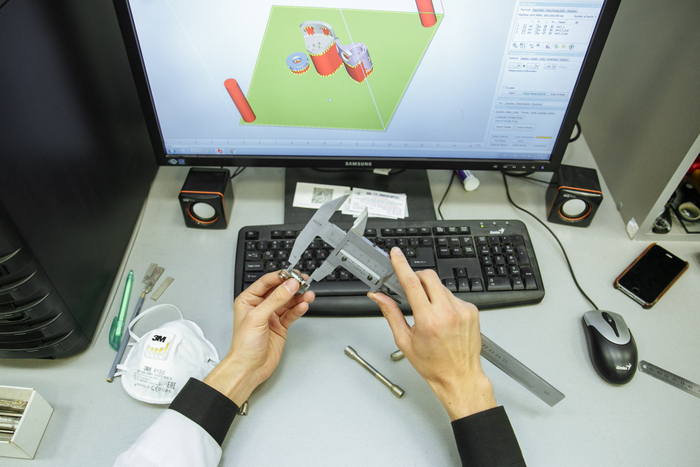
When producing the experimental model of the anatomically adapted cervical vertebra implant using 3D printer at the Samara University, the scientists used metal titanium powder of VT1-0 grade. It takes about four hours for the manufacture. The endoprosthetic device is made completely of home components and using the Russian technology. And its cost is several times lower than that of import analogues. The originality of the project is emphasized by the fact that the cervical spine prosthetic device developed and produced using the additive technologies at the Samara University was recognized as the best 3-D project in the first in Russia rating of industrial missions in the field of additive technologies CML AT Additive Challenge (established by FIOP RUSNANO and “LVM AT” Company).
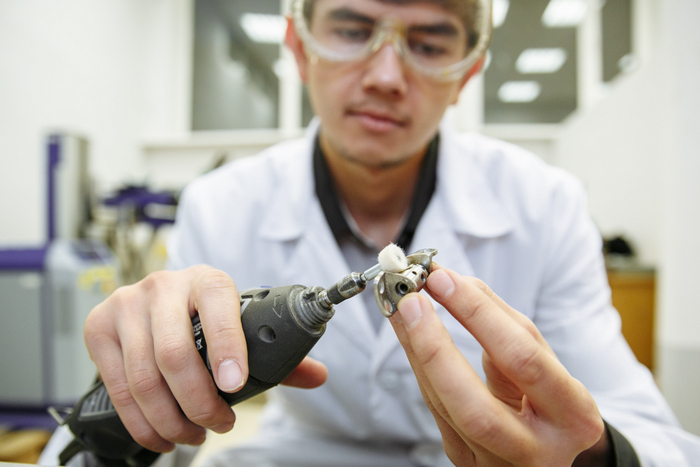
A clinical trial program of implants for assessing their compatibility with human live tissues is being prepared today. The work is performed in cooperation with the scientists and specialists from the Samara State Medical University and Samara Pirogov Municipal Clinical Hospital No 1.
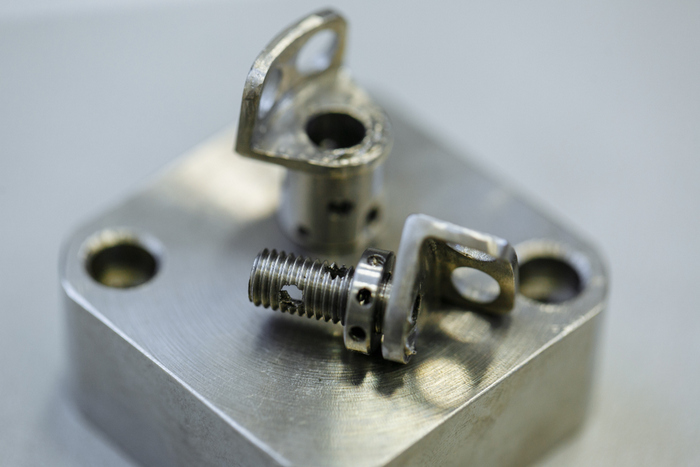
Besides that, health care professionals are interested in this method for producing endoprosthetic devices also of other human body parts. «Having tested the technology for producing an implant with one design it becomes possible to manufacture new models of endoprosthetic devices with different design and configuration for other body parts.
For example, at present the works for manufacture of bone implants for fine motor skills using 3D printing are being performed in cooperation with the Samara Medical University”, told Vitaly Smelov, the head of the Laboratory of Additive Technologies of the Samara University.
Photo: Ekaterina Vinokurova (Photo club “Illuminator”)





 RU
RU  EN
EN  CN
CN  ES
ES 